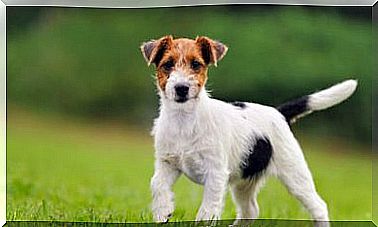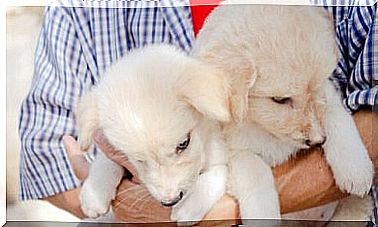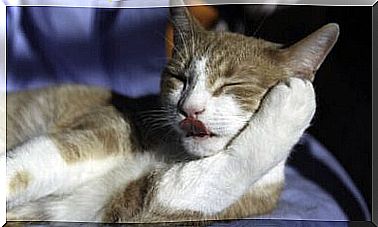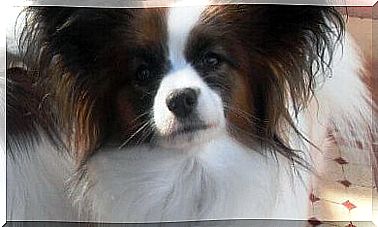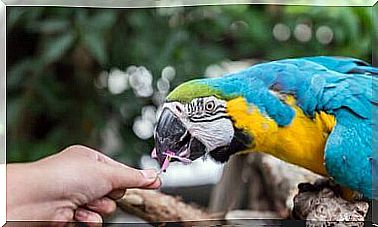Animals As Symbols
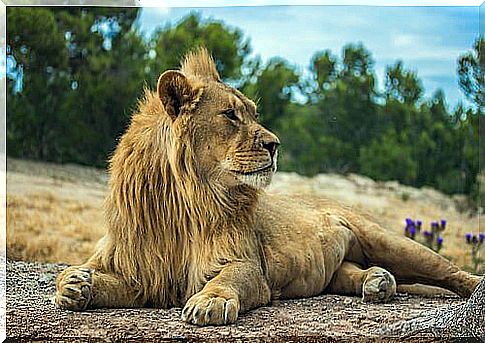
Whether through behavior or force, or perhaps an ancient legend or popular belief, we always use animals as symbols. Each has represented something different to people for centuries, and in this text we’ll talk more about some symbolism in the animal kingdom.
Why do we use animals as symbols?
Since ancient times, animals have been given many qualities: speed, bravery, ferocity, domination, etc. Later, animals became a kind of symbolism to relate something, as in the famous legends.
As time went by, these appreciations became better known and various societies began to use examples of animals to refer to something or someone: “he is brave as a lion”, “is determined as a rhinoceros ”, “has the memory of an elephant”, etc.

Some of these meanings are arbitrary and are more related to popular beliefs than to scientific data. However, in other cases, animals have been used as symbols in such a way that, when we see their image, we automatically associate it with the definition “human”.
Animals as symbols: the case of the eagle
To start with, we can talk about one of the most “famous” examples when using animals as symbols: the eagle. Since a long time ago, this predatory bird has been related to power and victory, so it can be seen on insignias, shields and even on the flags of some countries.
In fact, the eagle was the emblem of ancient Rome, the Crusades and Catholic kings. It was also related to the gods Jupiter and Zeus, and is also a symbol of monogamy and good eyesight.
the symbology of the lion
Another case that we can highlight in the use of animals as symbols is that of the lion, known for being “the king of the jungle” due to his bravery. We imagine this animal as the most powerful in the African savannah, when in fact there are other animals that have even more strength than him. Let’s not forget, for example, that the male lion spends a great deal of time sleeping, while the lionesses are in charge of getting the food. However, several societies and cultures use it as a symbol of “power”, including in regions where this species does not inhabit, such as Rome and Greece.
Furthermore, in Egypt the lion represents the Goddess Sekhmet, who protects the good and annihilates the bad. On the other hand, within alchemy, the lion is related to the sun, lighting and gold.
Already in the Middle Ages, many families placed this animal on their shields due to its courage, bravery and majesty. Even an English king, Richard I, was known as the “lion’s heart” after having demonstrated his great courage in defending the religious power during the third crusade.
the elephant as a symbol
This huge mammal, the largest among terrestrial ones, comes from Africa and Asia, and for millennia it has been revered by different cultures and religions, especially in India and China.
It turns out that the elephant symbolizes strength, patience, intelligence and memory, although for some it is related to honor, dignity and pride. In Hindu religion, elephants occupy a very important place in everyday life and are the image of God Ganesha, of luck, protection and fortune.
This animal belongs to a matriarchal society – females are the bosses – and it is also a model of family life and values. Therefore, it is chosen as an amulet for peace and wealth, as well as for the protection of homes.
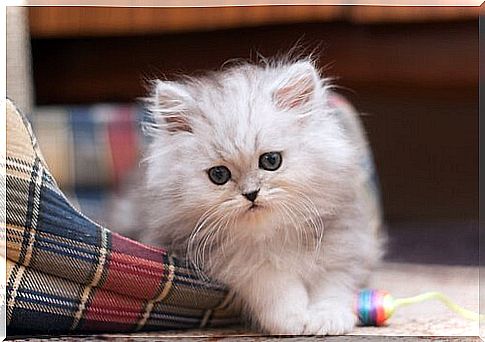
Animals as symbols: the cat
Domestic cats have been a source of veneration since ancient Egypt. The Egyptians, like the Celts, considered him a guardian of the underworld, perhaps because they were silent and mysterious.
Because they can see very well in the dark, thanks to their anatomically prepared eyes, they say that cats know our dreams and that they are spiritual beings. It was precisely these nocturnal habits that made them almost disappear in the Middle Ages, when they were thought to be witches turned into animals.

